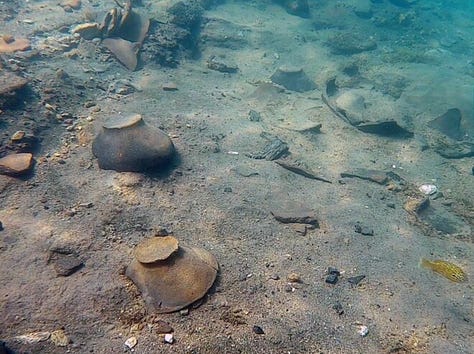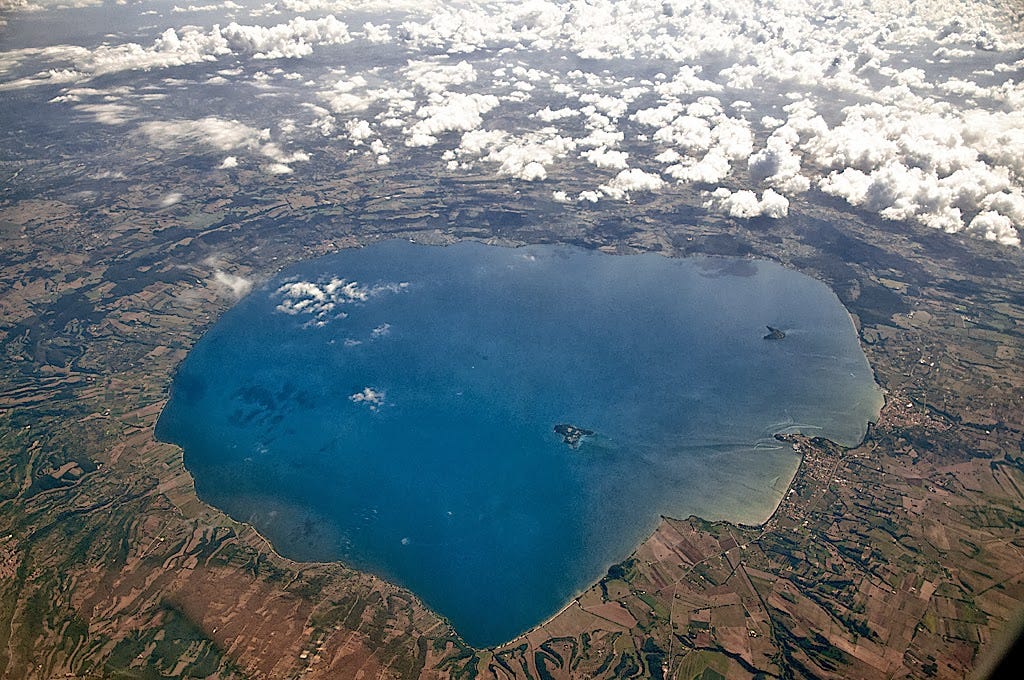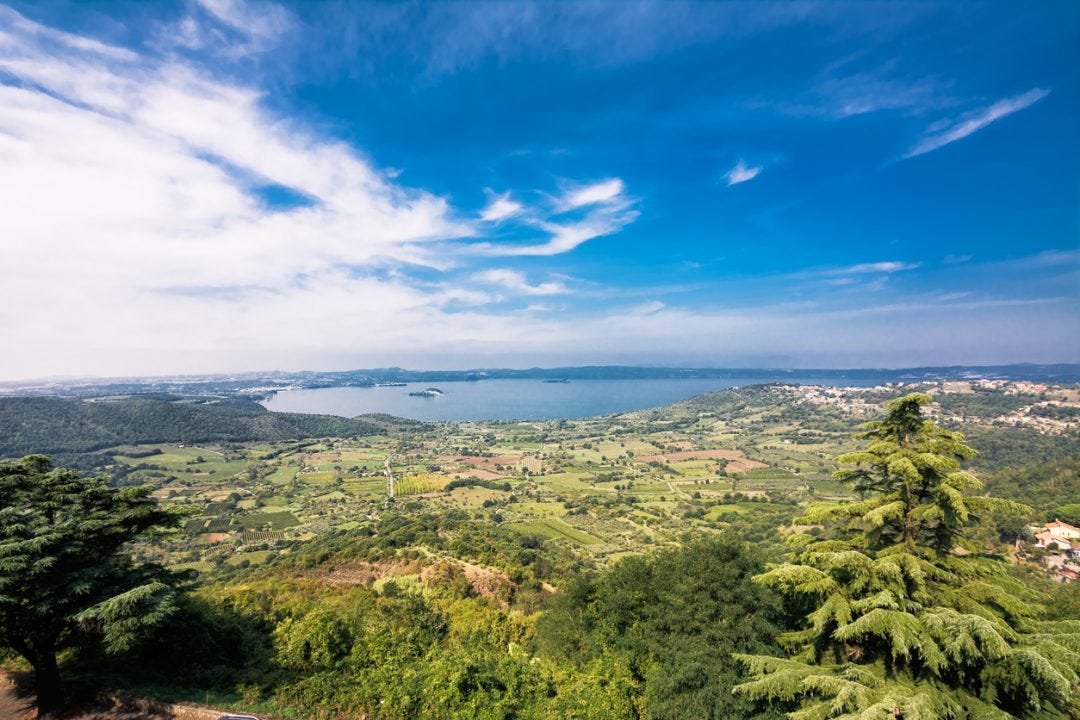Fresh Batch #75: Gran Carro, Lago di Bolsena
Etruscan Site Underwater in Europe's Largest Volcanic Lake
Lake Bolsena is the largest European lake of volcanic origin. It hasn’t seen activity since 104 BC according to Roman accounts. According to Wiki, the Romans called it Lacus Volsinii, adapting the Etruscan name, Velzna, of the last Etruscan city to hold out against Rome, which was translocated after 264 BC, and its original location today has not been securely identified. The lake is bordered on one side by a modernized version of the Roman consular road Via Cassia.
Gran Carro certainly lines up with Etruria, but I’m suspicious of it. Plus, it could be a Roman site that happens to have Etruscan pottery there. However, I’m happy to concede it’s authentic for the purpose of bringing attention to it. I don’t know either way.
According to this source, “The promontory of the Gran Carro represents one of the most mysterious places, since in 1959 a submerged settlement was discovered, perhaps the oldest on the lake. The discovery is due to Eng. Alessandro Fioravanti who with this find laid the foundations of underwater archaeology. Under water at a depth of 4 meters are the remains of a Villanovan village founded in the early 9th century BC and whose abandonment dates back to the first half of the eighth century BC. The underwater research begun by Fioravanti continued thanks to the work of the Bolsena lake diving school which during the various study campaigns brought to light important finds which are now exhibited in the Bolsena Museum at the Monaldeschi Fortress.”
According to Wiki (auto-translated), the lakeshore was already populated in the Paleolithic to the Bronze Age, at that time the lake level was around 294 m and the Isola Martana was dry-footed as a peninsula. Later in the Copper and Bronze Age between 2,000 and 1,000 BC. The lakeshore was intensively populated (and others in the area of Gran Carro and Montefiascone).
During the Tuscan Villanova culture, Iron Age settlements were founded near Vesentum (Bisenzio, on the west bank) and Velzna (Volsini); when the sea level rose slowly and the pile dwellings at Gran Carro flooded near Bolsena, the pile builders had to give up the settlement in the 9th century BC.
When the sea level rose to 306 m in the time of the Etruscans, who had founded numerous settlements in the surrounding hills, the only drain was expanded by the Marta river in the south and the mirror was regulated in this way. Settlements have been founded in Civita Grotte di Castro north of today's Bolsena, in Bolsena and Montefiascone and on the island of Bisentina. Between 281 and 264 BC the Etruscans had to bow to the Roman conquerors and some of their settlements were razed to the ground.









For those interested in what’s led me to focus on the Etruscans and ancient Italy, you’ll want to learn the real history of Britain and The Holy Sailors (click the image).
Become a member to access the rest of this article.
Keep reading with a 7-day free trial
Subscribe to Ancient History, Mythology, & Epic Fantasy to keep reading this post and get 7 days of free access to the full post archives.







